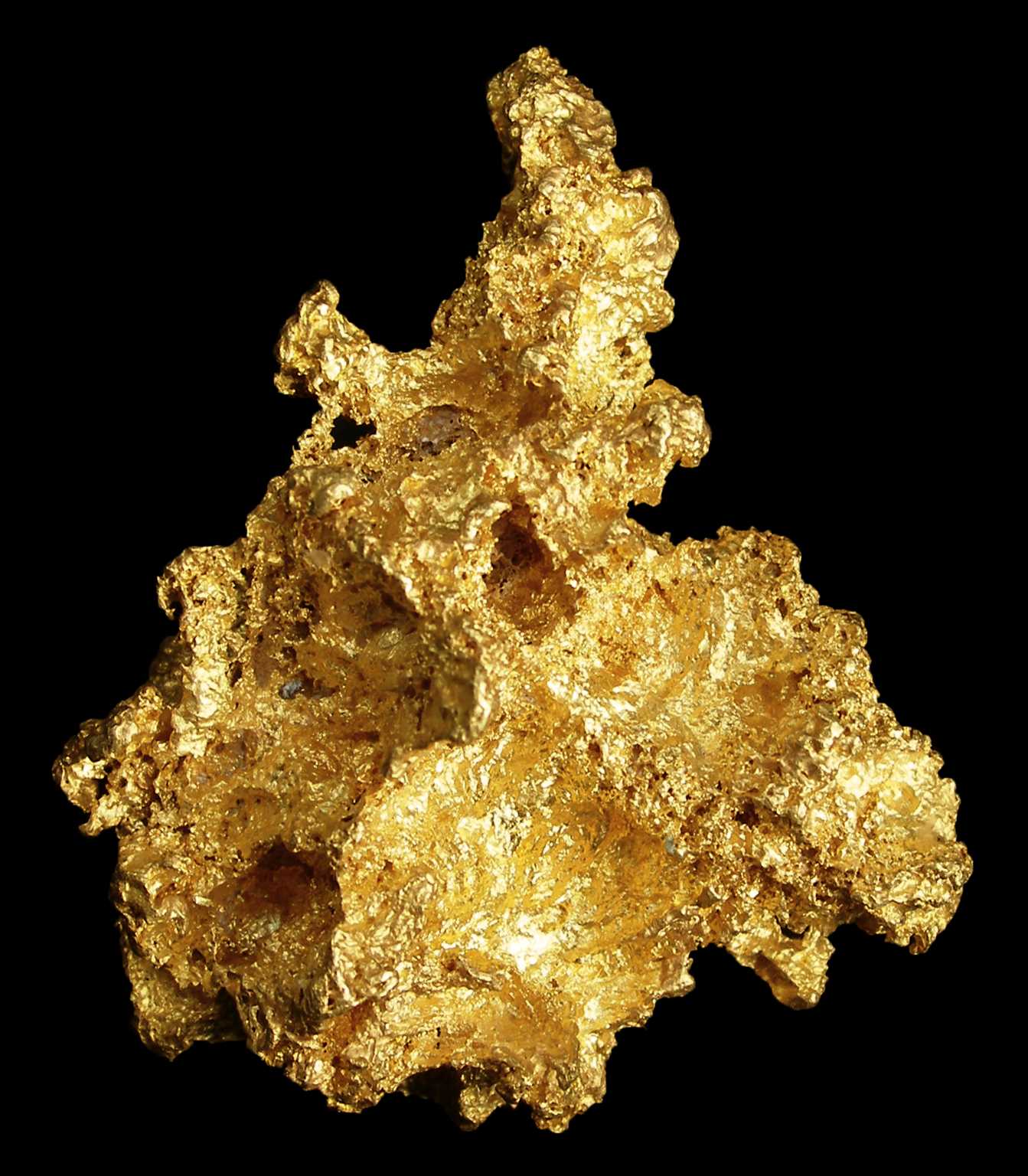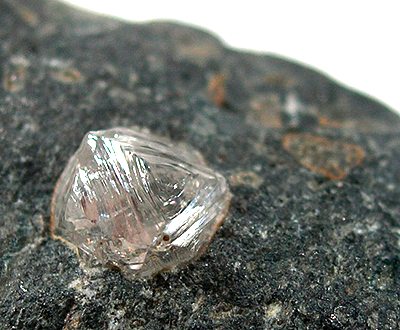Native Element Mineral on:
[Wikipedia]
[Google]
[Amazon]




 Native element minerals are those elements that occur in nature in uncombined form with a distinct mineral structure. The elemental class includes metals, intermetallic compounds, alloys, metalloids, and nonmetals. The Nickel–Strunz classification system also includes the naturally occurring phosphides, silicides, nitrides, carbides, and
Native element minerals are those elements that occur in nature in uncombined form with a distinct mineral structure. The elemental class includes metals, intermetallic compounds, alloys, metalloids, and nonmetals. The Nickel–Strunz classification system also includes the naturally occurring phosphides, silicides, nitrides, carbides, and
## x: Nickel–Strunz mineral/group number, x add-on letter
Mineralsystematik nach Strunz 9. Auflage von 2001 (aktuell)
* Hr. Dr. Udo Neumann der Uni-Tuebingen
{{Authority control Classification of minerals




 Native element minerals are those elements that occur in nature in uncombined form with a distinct mineral structure. The elemental class includes metals, intermetallic compounds, alloys, metalloids, and nonmetals. The Nickel–Strunz classification system also includes the naturally occurring phosphides, silicides, nitrides, carbides, and
Native element minerals are those elements that occur in nature in uncombined form with a distinct mineral structure. The elemental class includes metals, intermetallic compounds, alloys, metalloids, and nonmetals. The Nickel–Strunz classification system also includes the naturally occurring phosphides, silicides, nitrides, carbides, and arsenide
In chemistry, an arsenide is a compound of arsenic with a less electronegative element or elements. Many metals form binary compounds containing arsenic, and these are called arsenides. They exist with many Stoichiometry, stoichiometries, and in t ...
s.
Elements
The following elements occur as native element minerals or alloys:Nickel–Strunz Classification -01- Native elements
This list uses the Classification of Nickel–Strunz ( mindat.org, 10 ed, pending publication). ;Abbreviations: * "*" – discredited (IMA/CNMNC status). * "?" – questionable/doubtful (IMA/CNMNC status). * "REE" – Rare-earth element (Sc, Y, La, Ce, Pr, Nd, Pm, Sm, Eu, Gd, Tb, Dy, Ho, Er, Tm, Yb, Lu) * "PGE" – Platinum-group element (Ru, Rh, Pd, Os, Ir, Pt) * 03.C Aluminofluorides, 06 Borates, 08 Vanadates (04.H V ,6/sup> Vanadates), 09 Silicates: ** Neso: insular (from Greek νησος nēsos, island) ** Soro: grouping (from Greek σωροῦ sōros, heap, mound (especially of corn)) ** Cyclo: ring ** Ino: chain (from Greek ις enitive: ινος ''inos'' fibre) ** Phyllo: sheet (from Greek φύλλον ''phyllon'', leaf) ** Tecto: three-dimensional framework ;Nickel–Strunz code scheme: NN.XY.##x: * NN: Nickel–Strunz mineral class number * X: Nickel–Strunz mineral division letter * Y: Nickel–Strunz mineral family letter *Class: native elements
* 01.A Metals and intermetallic alloys ** 01.AA Copper-cupalite family: 05 native copper, 05lead
Lead () is a chemical element; it has Chemical symbol, symbol Pb (from Latin ) and atomic number 82. It is a Heavy metal (elements), heavy metal that is density, denser than most common materials. Lead is Mohs scale, soft and Ductility, malleabl ...
, 05 native gold, 05 native silver, 05 nickel, 05 aluminium
Aluminium (or aluminum in North American English) is a chemical element; it has chemical symbol, symbol Al and atomic number 13. It has a density lower than that of other common metals, about one-third that of steel. Aluminium has ...
; 10a auricupride, 10b tetra-auricupride; 15 novodneprite, 15 khatyrkite, 15 anyuiite; 20 cupalite, 25 hunchunite
** 01.AB Zinc-brass family (Cu-Zn alloys): 05 cadmium, 05 zinc
Zinc is a chemical element; it has symbol Zn and atomic number 30. It is a slightly brittle metal at room temperature and has a shiny-greyish appearance when oxidation is removed. It is the first element in group 12 (IIB) of the periodic tabl ...
, 05 titanium*, 05 rhenium*; 10a brass
Brass is an alloy of copper and zinc, in proportions which can be varied to achieve different colours and mechanical, electrical, acoustic and chemical properties, but copper typically has the larger proportion, generally copper and zinc. I ...
*, 10a zhanghengite, 10b danbaite, 10b tongxinite*
** 01.AC Indium-tin family: 05 indium
Indium is a chemical element; it has Symbol (chemistry), symbol In and atomic number 49. It is a silvery-white post-transition metal and one of the softest elements. Chemically, indium is similar to gallium and thallium, and its properties are la ...
, 10 tin; 15 yuanjiangite, 15 sorosite
** 01.AD Mercury-amalgam family: 00 amalgam*, 05 mercury; 10 belendorffite, 10 kolymite; 15a paraschachnerite, 15a schachnerite, 15b luanheite, 15c eugenite, 15d moschellandsbergite; 20a weishanite, 20b goldamalgam*; 25 potarite, 30 leadamalgam
** 01.AE Iron-chromium family: 05 kamacite? (iron var.), 05 iron
Iron is a chemical element; it has symbol Fe () and atomic number 26. It is a metal that belongs to the first transition series and group 8 of the periodic table. It is, by mass, the most common element on Earth, forming much of Earth's o ...
, 05 chromium; 10 antitaenite*, 10 taenite, 10 tetrataenite; 15 chromferide, 15 wairauite, 15 ferchromide; 20 awaruite, 25 jedwabite
** 01.AF Platinum-group elements: 05 osmium, 05 rutheniridosmine, 05 ruthenium; 10 palladium, 10 iridium, 10 rhodium, 10 platinum
Platinum is a chemical element; it has Symbol (chemistry), symbol Pt and atomic number 78. It is a density, dense, malleable, ductility, ductile, highly unreactive, precious metal, precious, silverish-white transition metal. Its name origina ...
** 01.AG PGE-metal alloys: 05 garutiite, 05 hexaferrum; 10 atokite, 10 zvyagintsevite, 10 rustenburgite; 15 taimyrite, 15 tatyanaite; 20 paolovite; 25 plumbopalladinite, 25 stannopalladinite; 30 cabriite; 35 chengdeite, 35 isoferroplatinum; 40 ferronickelplatinum, 40 tetraferroplatinum, 40 tulameenite; 45 hongshiite*, 45 skaergaardite; 50 yixunite, 55 damiaoite, 60 niggliite, 65 bortnikovite, 70 nielsenite
* 01.B Metallic carbides, silicides, nitrides and phosphides
** 01.BA Carbides: 05 cohenite; 10 isovite, 10 haxonite; 15 tongbaite; 20 khamrabaevite, 20 niobocarbide, 20 tantalcarbide; 25 qusongite, 30 yarlongite
** 01.BB Silicides: zangboite; 05 mavlyanovite, 05 suessite; 10 perryite, 15 fersilicite*, 20 ferdisilicite*, 25 luobusaite, 30 gupeiite, 35 hapkeite, 40 xifengite
Xifengite ( Fe5 Si3) is a rare metallic iron silicide mineral. The crystal system of xifengite is hexagonal. It has a specific gravity of 6.45 and a Mohs hardness of 5.5. It occurs as steel gray inclusions within other meteorite derived nic ...
** 01.BC Nitrides: 05 roaldite, 10 siderazot, 15 carlsbergite, 15 osbornite
** 01.BD Phosphides: 05 schreibersite, 05 nickelphosphide; 10 barringerite, 10 monipite; 15 allabogdanite, 15 florenskyite, 15 andreyivanovite; 20 melliniite
* 01.C Metalloids and nonmetals
** 01.CA Arsenic group elements: 05 bismuth, 05 native antimony, 05 arsenic
Arsenic is a chemical element; it has Symbol (chemistry), symbol As and atomic number 33. It is a metalloid and one of the pnictogens, and therefore shares many properties with its group 15 neighbors phosphorus and antimony. Arsenic is not ...
, 05 stibarsen; 10 arsenolamprite, 10 pararsenolamprite; 15 paradocrasite
** 01.CB Carbon-silicon family: 05a graphite
Graphite () is a Crystallinity, crystalline allotrope (form) of the element carbon. It consists of many stacked Layered materials, layers of graphene, typically in excess of hundreds of layers. Graphite occurs naturally and is the most stable ...
, 05b chaoite, 05c fullerite; 10a diamond
Diamond is a Allotropes of carbon, solid form of the element carbon with its atoms arranged in a crystal structure called diamond cubic. Diamond is tasteless, odourless, strong, brittle solid, colourless in pure form, a poor conductor of e ...
, 10b lonsdaleite, 15 silicon
** 01.CC Sulfur-selenium-iodine: 05 sulfur
Sulfur ( American spelling and the preferred IUPAC name) or sulphur ( Commonwealth spelling) is a chemical element; it has symbol S and atomic number 16. It is abundant, multivalent and nonmetallic. Under normal conditions, sulfur atoms ...
, 05 rosickyite; 10 tellurium, 10 selenium
Selenium is a chemical element; it has symbol (chemistry), symbol Se and atomic number 34. It has various physical appearances, including a brick-red powder, a vitreous black solid, and a grey metallic-looking form. It seldom occurs in this elem ...
* 01.D Nonmetallic carbides and nitrides
** 01.DA Nonmetallic carbides: 05 moissanite
** 01.DB Nonmetallic nitrides: 05 nierite, 10 sinoite
* 01.X Unclassified Strunz elements (metals and intermetallic alloys; metalloids and nonmetals; carbides, silicides, nitrides, phosphides)
** 01.XX Unknown: 00 hexamolybdenum, 00 tantalum
Tantalum is a chemical element; it has Symbol (chemistry), symbol Ta and atomic number 73. It is named after Tantalus, a figure in Greek mythology. Tantalum is a very hard, ductility, ductile, lustre (mineralogy), lustrous, blue-gray transition ...
*, 00 brownleeite
See also
* Free element * Gangue *Native metal
A native metal is any metal that is found pure in its metallic form in nature. Metals that can be found as native element mineral, native deposits singly or in alloys include antimony, arsenic, bismuth, cadmium, chromium, cobalt, indium, iron, ma ...
* Native state
References
* * *Mineralsystematik nach Strunz 9. Auflage von 2001 (aktuell)
* Hr. Dr. Udo Neumann der Uni-Tuebingen
{{Authority control Classification of minerals